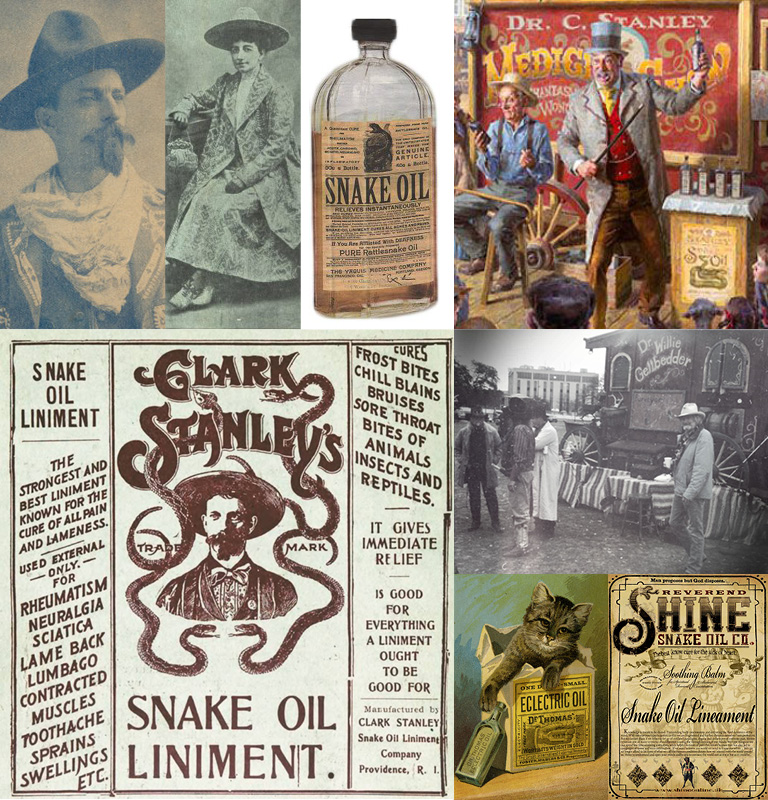Music to My Ears
Top row l to r: Portrait of the child Mozart, possibly by Pietro Antonio Lorenzoni, painted in 1763 on commission from Leopold Mozart. Portrait owned by the Mozarteum, Salzburg; The family that plays together… The Mozart family on tour. Leopold, Wolfgang, and Nannerl. Watercolor by Carmontelle, ca. 1763. The portrait on the wall is of Mozart’s mother.
Middle row l to r: Mozart early teens; A great cake to honor Mozart’s birthday. Recipe HERE; A 1782 portrait of Wolfie’s wife, Constanze Mozart by her brother-in-law Joseph Lange.
Bottom row l to r: Mozart in his early 20’s; Photoshoped Mozarts: Cool Mozart, Rad Mozart and Modern Art Mozart; Mozart Plushy that plays music. Get yours HERE.
It’s so fun for me to walk around the operation plants and see everything in motion. My teams are amazing, moving materials, prepping loads, testing, measuring, packing, shipping. Everyone is tuned in and focused in their area of expertise, with a shared goal of completing and delivering your PIA (@#$) Jobs!™ A friend of mine asked me last week if I had a “favorite” heat treating process (I of course had to correct him explaining that it’s not just heat treating , it’s called “distortion sensitive thermal processing!”). We had a bit of a laugh, but it got me to reflect on just how vast our services have become – from our 10 bar K-Vac bar furnaces, to K-Salt, the largest rack salt to salt facility in the Midwest, to our close tolerance specialty K-Flat team, to the deep cryogenic increased wear resistance K-Life team, to the ion-nitriding K-Glow team. All “in motion”, working together like a big orchestra, making beautiful music. Guess who is blessed to be the conductor!
Here in Northeast Ohio, we’re lucky to be home to one of the greatest orchestras in the world, the Cleveland Orchestra. Occasionally Jackie and I will venture over and see a performance, and every time, we are astonished just how incredible they are. I know that Jackie and my daughters are eternally grateful since I have VERY LIMITED musical talents! Today is in fact Mozart’s birthday, born over 260 years ago, in Salzburg, Austria. For my trivia buffs, here is a little bit on this amazing writer, composer and musician. Also included are some links you can listen to of just some of his awesome compositions. Below tells the early days of Wolfgang’s career (special thanks to bio.com) For the complete bio, CLICK HERE. Now sing out loud – “da Da Da dum”. Enjoy.
- Born on January 27, 1756, in Salzburg, Austria, Wolfgang Amadeus Mozart was a musician capable of playing multiple instruments who started playing in public at the age of 6. Over the years, Mozart aligned himself with a variety of European venues and patrons, composing hundreds of works that included sonatas, symphonies, masses, chamber music, concertos and operas, marked by vivid emotion and sophisticated textures.
- Central Europe in the mid-18th century was going through a period of transition. The remnants of the Holy Roman Empire had divided into small semi-self-governing principalities. The result was competing rivalries between these municipalities for identity and recognition. Political leadership of small city-states like Salzburg, Vienna, and Prague was in the hands of the aristocracy and their wealth would commission artists and musicians to amuse, inspire, and entertain.
- The music of the Renaissance and Baroque periods was transitioning toward more full-bodied compositions with complex instrumentation. The small city-state of Salzburg would be the birthplace of one of the most talented and prodigious musical composers of all time.
- Wolfgang Amadeus Mozart’s was the sole-surviving son of Leopold and Maria Pertl Mozart. Leopold was a successful composer, violinist, and assistant concert master at the Salzburg court. Wolfgang’s mother, Anna Maria Pertl, was born to a middle-class family of local community leaders. His only sister was Maria Anna (nicknamed “Nannerl”). With their father’s encouragement and guidance, they both were introduced to music at an early age. Leopold started Nannerl on keyboard when she was seven, as three-year old Wolfgang looked on. Mimicking her playing, Wolfgang quickly began to show a strong understanding of chords, tonality, and tempo. Soon, he too was being tutored by his father.
- Leopold was a devoted and task-oriented teacher to both his children. He made the lessons fun, but also insisted on a strong work ethic and perfection. Fortunately, both children excelled well in these areas. Recognizing their special talents, Leopold devoted much of his time to their education in music as well as other subjects. Wolfgang soon showed signs of excelling beyond his father’s teachings with an early composition at age five and demonstrating outstanding ability on harpsichord and the violin. He would soon go on to play the piano, organ and viola.
- In 1762, Wolfgang’s father took Nannerl, now age eleven, and Wolfgang, age six to the court of Bavaria in Munich in what was to become the first of several European “tours.” The siblings traveled to the courts of Paris, London, The Hague, and Zurich performing as child prodigies. Wolfgang met several accomplished musicians and became familiar with their works. Particularity important was his meeting with Johann Christian Bach (Johann Sebastian Bach’s youngest son) in London who had a strong influence on Wolfgang. The trips were long and often arduous, traveling in primitive conditions and waiting for invitations and reimbursements from the nobility. Frequently, Wolfgang and other members of his family fell seriously ill and had to limit their performance schedule.
- In December, 1769, Wolfgang, then age 13, and his father departed from Salzburg for Italy, leaving his mother and sister at home. It seems that by this time Nannerl’s professional music career was over. She was nearing marriageable age and according to the custom of the time, she was no longer permitted to show her artistic talent in public. The Italian outing was longer than the others (1769-1771) as Leopold wanted to display his son’s abilities as a performer and composer to as many new audiences as possible. While in Rome, Wolfgang heard Gregorio Allegri’s Miserereperformed once in the Sistine Chapel. He wrote out the entire score from memory, returning only to correct a few minor errors. During this time Wolfgang also wrote a new opera, Mitridate, re di Ponto for the court of Milan. Other commissions followed and in subsequent trips to Italy, Wolfgang wrote two other operas, Ascanio in Alba (1771) and Lucio Silla (1772).
- In 1776, he turned his efforts toward piano concertos, culminating in the Piano Concerto Number 9 in E flat major in early 1777. Wolfgang had just turned 21.
- As 1782 turned to 1783, Wolfgang Amadeus Mozart became enthralled with the work of Johannes Sebastian Bach and George Frederic Handel and this, in turn, resulted in several compositions in the Baroque style and influenced much of his later compositions, such as passages in Die Zauberflote (The Magic Flute) and the finale of Symphony Number 41.
- During this time, Mozart met Joseph Haydn and the two composers became admiring friends. When Haydn visited Vienna, they sometimes performed impromptu concerts with string quartets. Between 1782 and 1785 Mozart wrote six quartets dedicated to Haydn.
You can find a lot of Mozart on You Tube but you have to check this ONE out. Plug in your very best speakers and listen as well as watch South Korean Yeol Eum Son do something on the piano that would make Wolfie Amadeus very proud indeed. (And if anyone can tell me why the conductor is using a pencil to conduct, please let me know.)






